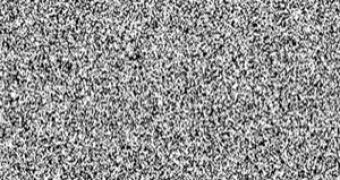Atsushi Uchida, a Japanese electrical engineer from the Saitama University, and fellow researcher Peter Davis, from the NTT Communication Science Laboratories in Kyoto, Japan, have managed to obtain actual random number sequences at speeds of up to 1.7 GB per second. Their discovery will prove to be crucial for digital security, as the relatively cheap device they designed is ten times faster than previous attempts.
You might think that coming up with random numbers in a small amount of time is an easy feat, but this is not equally valid for machines. All their impressive calculating power is based on fixed rules, and they are not able to deal with the concept of randomness, which would come in handy for the field of digital communication security. This is so much more important given the fact that cyber traffic and felonies have increased lately.
So, in order to achieve this major randomness feat, they used a regular semiconductor laser to which they added a mirror that reflects part of the received light back inside the laser. This causes random oscillations in the resulting light. The light is then primarily converted into an AC type of electric current and, during the next phase, into a binary signal that a computer can use. At last, two such laser-generated signals are merged, resulting into one really random number sequence, and voila – security just got better.
Previous such devices could only achieve speeds of tens or hundreds of megabits of random numbers per second at best, according to Uchida. Also, the new random number generating system is relatively cheap to build, and they could provide the necessary “operating tools” for cryptographic systems that would allow for more secure network links, as well as more reliable quantum communication systems, as its developers shared.

 14 DAY TRIAL //
14 DAY TRIAL //